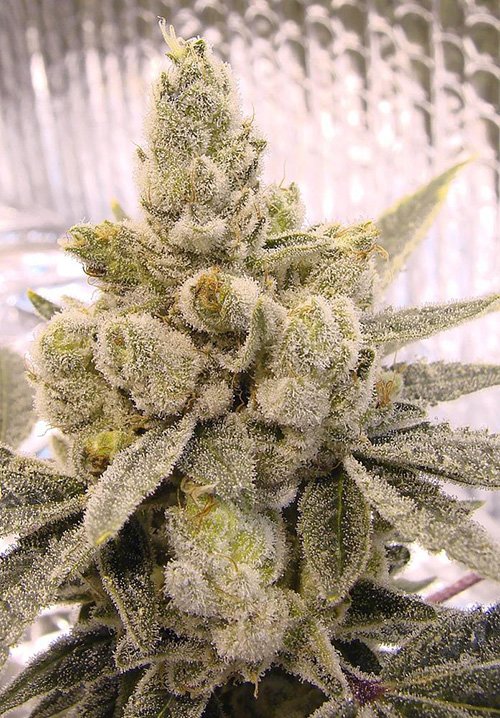Trees Sixty Nursery cloning plants
For one thing, you will require a mother plant to deliver clones. Wikipedia characterizes clones as any living being whose hereditary data is indistinguishable from that of a parent life form from which it was made. A mother plant can emerge out of a seed source, be bought from a nursery, or taken from your present nursery. Typically a mother plant is a plant kept in interminable vegetative stage by keeping it on a 16-24 hour light cycle. This light cycle forestalls the mother plant from going into blossom. One of the principle reasons a few people will decide to take cuttings is that they can repeat their generally lively, high yielding plants again and again. One thing to remember is that yearly plants in nature don't live for over one year, which will cause a decrease in yield in each round of cuttings. Issues can likewise emerge with warding off ecological burdens, sicknesses and creepy crawlies, as the hereditary qualities debilitate season after season.
A plant developed from seed is fit for yielding more than a cloned posterity. Most plants developed from seed normally produce a tap root, though plants developed from clones can't do as such. A tap root goes about as a stay for the plant which helps in better help and water and supplement take-up. Outside cultivators lean toward developing from seed for this very explanation. For indoor cultivators, tap roots are not a significant worry, as plants don't expect them to make due in compartments. Developing from seed likewise decreases your odds of acquiring any irritations or illnesses from a cutting. Seeds do have their cons in any case. Germination rates differ by plant species, reap times are longer than when beginning from cuttings, and there are costs related with buying
I as of late chose to wander into the universe of winemaking since, in the same way as other of you, I appreciate blending a pleasant glass of wine with supper and had gotten notification from people that the packs we convey can make some extremely decent wine. A client imparted to me that she and her better half once made wine from one of our units and when her wine expert sibling visited, they led a test and he named the pack wine as the most costly and best one in the setup! I need to state, I was shocked at how simple it was, thus far the wine is astounding absent really any maturing by any means.

I picked the Chilean Cabernet Sauvignon from Winexpert Classic. This pack yields approximately 30 jugs of completed wine from 2.5 gallons of grape concentrate. The unit incorporated a couple of parcels of oak chips and different fixings that are basic in the aging cycle. I found that the headings were anything but difficult to follow, giving me a strong comprehension of what to do on specific days and what to check for before moving to the subsequent stage. Legitimate disinfection is key with any blending or maturation undertaking, and this is particularly obvious with wine. You'll need to disinfect everything ahead of time, from your airtight chambers to your container. In the wake of putting the juice condensed, water, and the oak chips into the basin, I took a hydrometer perusing and recorded it on the guidance sheet. This number will decide the general gravity of the completed item. Next, I pitched the yeast and afterward paused. My underlying maturation was really solid for around 4 days, which settled down perceptibly from days 5-14. On day 14, I racked (or moved the fluid) from the can to the glass carboy. I realized it was time in light of the fact that the oak chips and spent yeast settled to the base container. You really need to get the fluid off of this spent material, as contact will influence the nature of the wine. I took another hydrometer perusing to guarantee that aging was finished and afterward moved the fluid over to the glass carboy.
The subsequent stage is to de-gass the wine, which is a cycle of energetically mixing the substance inside the carboy for 10 minutes, at times exchanging bearings. When I finished this progression, I put the carboy in a dull spot for one more day and afterward mixed in the chitosan, which is a clearing specialist that gloms to the solids and makes them accelerate to the base. This was another progression that took a long time.
###would you like to add some points ?
###then comment and also [Follow me]
https://steemit.com/@cloneslosangeles